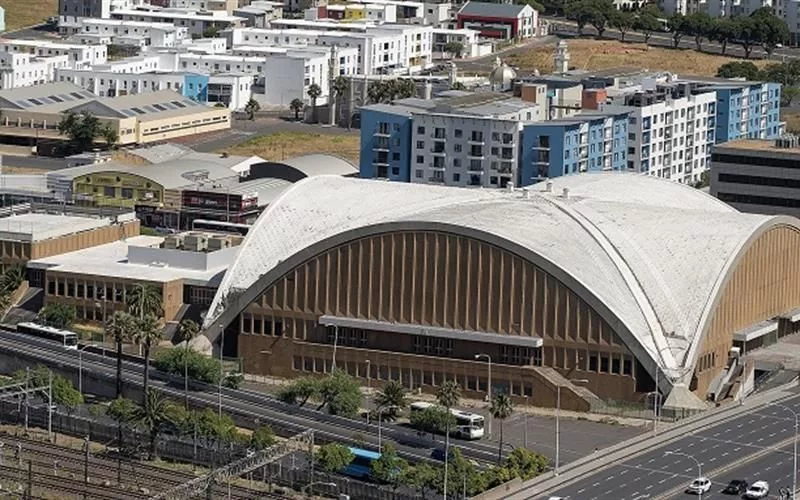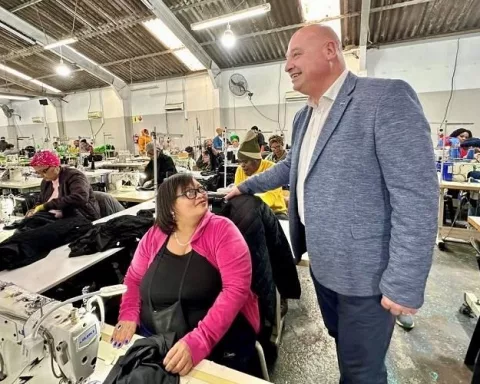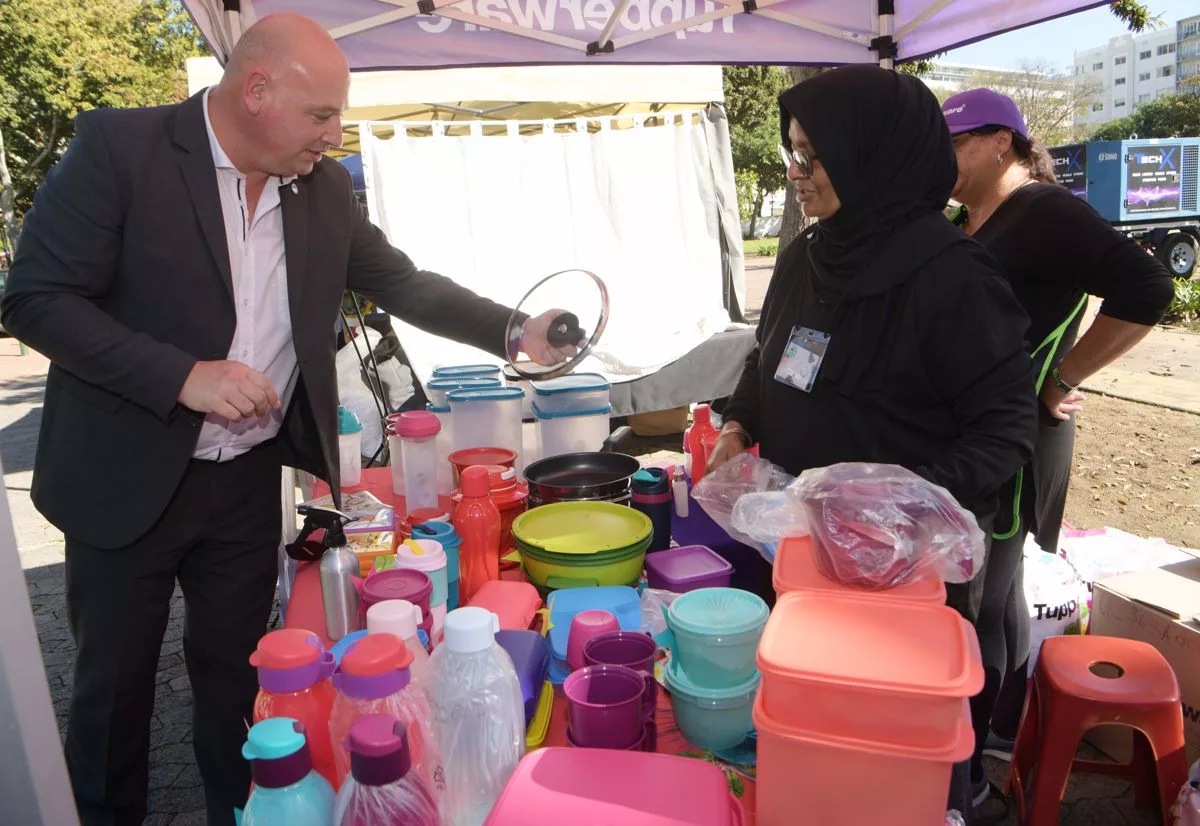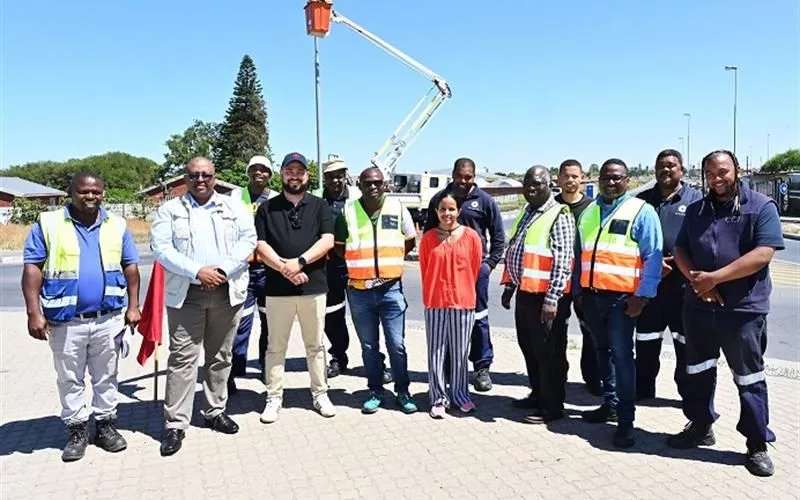The Good Hope Centre in Cape Town is getting a fresh start! Plans are underway to transform this historic site into a lively hub with homes, shops, and spaces for people to enjoy, all while keeping its beautiful dome intact. The city wants everyone to have a say in this exciting change, making sure it benefits the community and boosts the economy. With a rich past as a cultural center, the Good Hope Centre is ready to become a vibrant part of Cape Town’s future, blending its heritage with new opportunities for all.
What is the future plan for the Good Hope Centre in Cape Town?
The Good Hope Centre in Cape Town is set for revitalization through a public participation process. The redevelopment aims to preserve its historic dome while integrating residential, commercial, and retail spaces. This initiative seeks to stimulate economic growth, job creation, and community engagement.
Preserving Heritage, Embracing Change
Cape Town’s Good Hope Centre stands at a pivotal juncture as the city plans for its revitalization. Aligned with the City of Cape Town’s Mayoral Committee’s recent decision, a public participation process is set to begin, inviting community input on the site’s future. This initiative aims to honor the Centre’s rich historical legacy while unlocking its potential to drive economic growth in the city.
At the heart of this redevelopment vision is a delicate balance between maintaining the Centre’s historic elements and meeting contemporary urban needs. Spearheaded by Alderman James Vos, the proposal seeks to breathe new life into the iconic location. The plan involves preserving the distinctive dome, an architectural marvel, while integrating it with a lively precinct designed to cater to Cape Town’s dynamic urban landscape.
The redevelopment strategy outlines key elements that include pedestrian-friendly areas, ground-floor retail spaces, residential and commercial zones, and structured underground parking. By encouraging private investment, Cape Town intends to revitalize this historic site, transforming it into an economically vibrant hub that supports the broader goals of economic growth, job creation, and investment attraction as detailed in the City’s Integrated Development Plan.
Unleashing Economic Potential
Each month, the Good Hope Centre generates a substantial R520,000, operating on a month-to-month lease. Despite this income, the site’s potential remains largely untapped. A strategic mixed-use development presents an opportunity to significantly bolster Cape Town’s infrastructure. Integrating residential, commercial, and retail elements, alongside pedestrian-friendly zones, promises a new urban landscape.
This ambitious redevelopment is more than just a construction project; it acts as a catalyst for economic growth. By fostering job creation, stimulating local businesses, and attracting private investment, the initiative aspires to energize the city’s economy. Maintaining the iconic dome as the precinct’s centerpiece underscores the need to preserve heritage amidst modern transformation. Designed by the renowned Modernist Italian architect Pier Luigi Nervi, this dome exemplifies architectural genius and engineering excellence.
Sustainability anchors the proposed redevelopment. The vision is for a well-maintained precinct, alive with activity and responsive to community needs. Public engagement in this transformative journey is crucial. Alderman Vos stresses the significance of resident involvement in shaping the Good Hope Centre’s future. Once the City Council grants approval, the public participation process will begin, ensuring a collaborative approach in determining the Centre’s new trajectory.
A Rich Past, A Promising Future
The Good Hope Centre’s story is one of resilience. Opened in 1976, it initially served as an exhibition hall and conference center, becoming a socio-cultural hub during apartheid. It hosted numerous public events and competitions, marking an engineering milestone with its vast precast concrete roof cross-vault.
As the Centre prepares for a new chapter, it promises to emerge as an economic powerhouse. Its strategic location and size offer immense opportunities for creative urban development. The proposed redevelopment not only seeks to preserve its rich legacy but also aims to transform it into a beacon of economic vitality and cultural significance.
Situated at 11 Sir Lowry Road, Cape Town, the Good Hope Centre encompasses an impressive 24,843 square meters. Its architectural elements, including the dome-shaped Main Hall, Drommedaris Hall, Reyger Hall, Goedehoop Hall, and parking facilities, stand as testaments to its past grandeur and potential for rejuvenation.
A Vision for Urban Renewal
The City’s plans for the Good Hope Centre reflect global trends in urban redevelopment, addressing the challenge of balancing heritage preservation with modern urban needs. The Centre’s redevelopment embodies a forward-thinking approach to urban planning, creating a dynamic space respectful of its historical significance while meeting contemporary economic and social demands.
As Cape Town forges ahead on this transformative path, the Good Hope Centre stands as a symbol of the city’s resilience and adaptability. It showcases the potential for heritage to coexist with progress, where historical landmarks evolve into thriving urban environments. This ambitious project promises to breathe new life into the Centre, ensuring its role as a vital component of Cape Town’s urban landscape for future generations.
Through this visionary endeavor, the Good Hope Centre is set to move beyond its historical roots, becoming a site where past and future converge seamlessly. It offers Cape Town residents a vision of a future where the preservation of heritage and economic growth go hand in hand, crafting a city that respects its history while embracing the possibilities of tomorrow.
“`markdown
What is the future plan for the Good Hope Centre in Cape Town?
The Good Hope Centre is set for revitalization through a public participation process. The redevelopment aims to preserve its historic dome while integrating residential, commercial, and retail spaces. This initiative seeks to stimulate economic growth, job creation, and community engagement.
How will the redevelopment preserve the Centre’s historical elements?
The redevelopment plan focuses on maintaining the iconic dome, designed by renowned architect Pier Luigi Nervi, along with other architectural features. The aim is to blend the Centre’s rich heritage with modern urban needs, ensuring that the historical significance is honored while providing new opportunities for the community.
What kind of spaces will be included in the new design?
The new design for the Good Hope Centre will include pedestrian-friendly areas, ground-floor retail spaces, residential zones, and commercial facilities. The vision is to create a lively precinct that caters to Cape Town’s dynamic urban landscape and enhances the overall community experience.
How will this revitalization project impact the local economy?
The Good Hope Centre is projected to serve as a catalyst for economic growth by creating jobs, stimulating local businesses, and attracting private investment. The integration of various spaces is expected to enhance infrastructure and encourage economic activity in the area.
When will the public participation process begin?
The public participation process will commence once the City Council grants approval for the redevelopment plans. This process is crucial for involving community members in shaping the Centre’s future, ensuring that the revitalization aligns with the needs and interests of local residents.
What role does sustainability play in the redevelopment plans?
Sustainability is a key focus of the redevelopment initiative. The vision is to create a well-maintained precinct that is alive with activity and responsive to community needs. The project aims to balance heritage preservation with modern urban requirements, promoting a sustainable urban environment that benefits current and future generations.
“`












